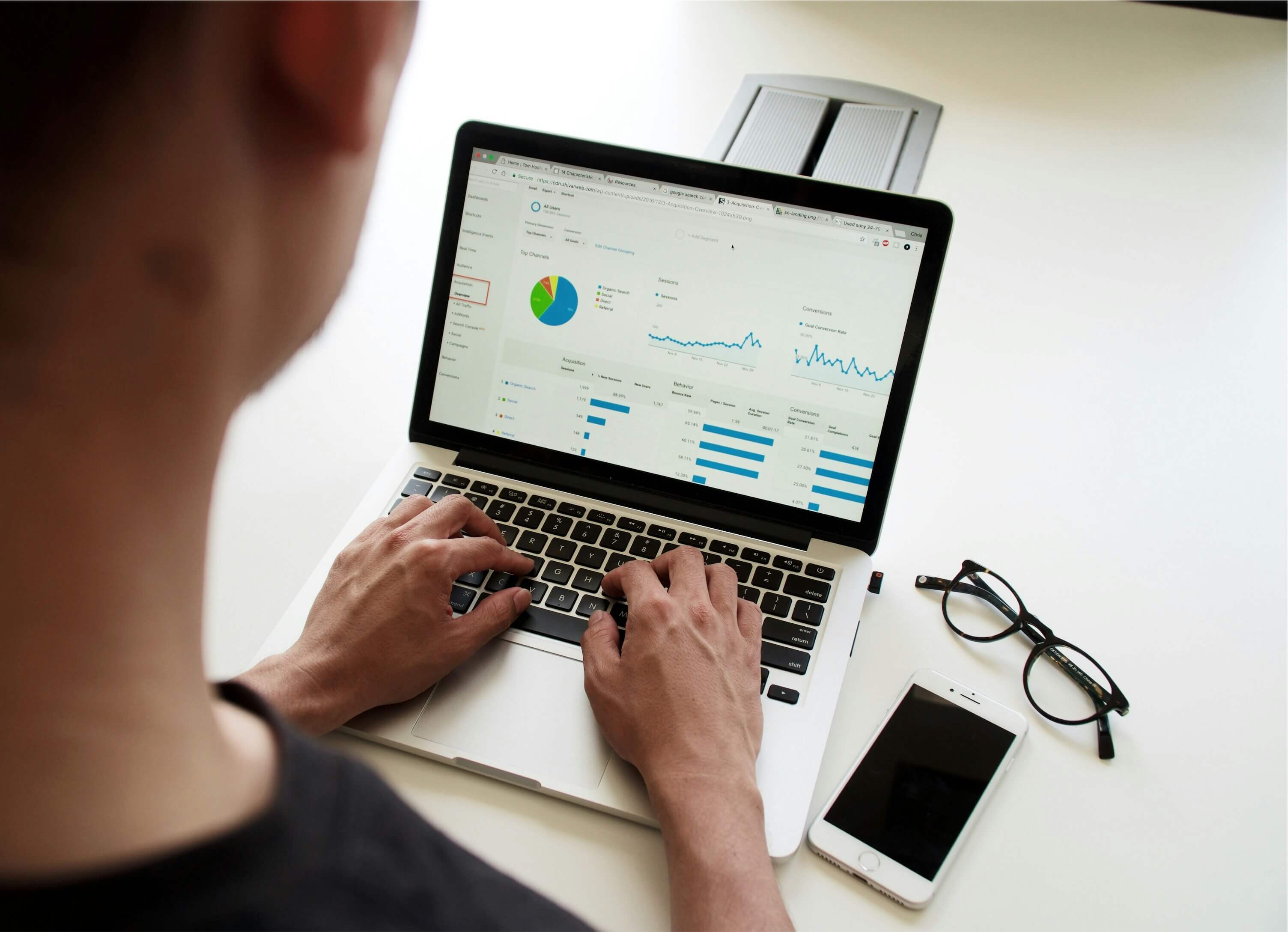Operating profit is an important financial measure that can tell you a lot about a company’s performance. For business owners, investors, and analysts, it’s a window into how well the main operations are doing, without getting distracted by other metrics like taxes or one-off events.
By calculating your operating profit, you’ll have a useful indication of your business’s financial health, helping you with decisions around pricing, cost control, and how to grow sustainably.
In this guide, we’ll cover:
- What is operating profit?
- Why is operating profit important?
- What is included in operating profit?
- How to calculate operating profit
- Operating profit formula
- Example: Operating profit calculation applied
- What is a good operating profit ratio?
- Operating profit vs other profit measures
- How Dojo can help
- FAQs
What is operating profitability?
Operating profit, sometimes called operating income or Earnings Before Interest and Taxes (EBIT), shows how much profit a company makes from its main business activities after covering its running costs. It doesn’t factor in taxes or interest, focusing purely on the day-to-day performance.
Why is operating profit important?
Understanding what the operating profit for a business is can offer useful insights on your operating profit margin i.e. how efficiently you’re operating at a profit. Beyond this, it’s also a great measure of the following:
- Operational efficiency: Indicates how well a company manages day-to-day operations and controls costs, which ties directly to your operating margin and profit margin.
- Core business performance: By focusing on core activities, it provides a clear view of how the main operations are doing – key for understanding what profit is from operations and how to boost operating profit margins over time.
- Comparability: It makes it easier to compare companies, even if they have different tax environments or capital structures.
- Decision-making: Management teams use it to make better decisions about running the business and investing resources, and staying operating at a profit.
- Investor analysis: Investors rely on it to understand whether a company can grow and stay profitable over time.
What is included in operating profit?
- Revenue: This is the total income earned from the company’s main business activities.
- Cost of goods sold (COGS): COGS covers the direct costs of producing the goods or services a company sells – things like materials, direct labour, and any other production costs.
- Operating expenses: These are the costs of keeping the business running smoothly. They typically include Selling, General, and Administrative Expenses (SG&A), research and development budgeting and any other operating expenses – all of which feed into the operating profit calculation formula.
- Depreciation: This spreads out the cost of things like machinery or equipment over their useful life. It shows the ongoing wear and tear of these assets as they keep your day-to-day operations going.
How to calculate operating profit
Calculating operating profit is simple – subtract the company’s operating expenses from its gross profit.
This forms the core of the operating profit calculation formula that answers the question of what an operating profit margin of a business is.
Operating profit formula
Operating Profit = Gross Profit – Operating Expenses
Where:
- Gross Profit = Revenue – Cost of Goods Sold (COGS)
- Operating Expenses = Selling, General, and Administrative Expenses (SG&A) + Depreciation and Amortisation + Other Operating Expenses
This approach follows the operating profitability formula and shows if your business is consistently operating at a profit in the long run
Example: Operating profit calculation applied
Let’s look at a hypothetical company, XYZ Ltd, with the following financial information:
- Revenue: £1,000,000
- Cost of Goods Sold (COGS): £600,000
- Selling, General, and Administrative Expenses (SG&A): £200,000
- Depreciation and Amortisation: £50,000
- Other Operating Expenses: £30,000
Step 1: Calculate Gross Profit
Gross Profit = Revenue – COGSGross Profit = £1,000,000 – £600,000 = £400,000
Step 2: Calculate Total Operating Expenses
Total Operating Expenses = SG&A + Depreciation and Amortisation + Other Operating ExpensesTotal Operating Expenses = £200,000 + £50,000 + £30,000 = £280,000
Step 3: Calculate Operating Profit
Operating Profit = Gross Profit – Total Operating ExpensesOperating Profit = £400,000 – £280,000 = £120,000
So, in this example, XYZ Ltd’s operating profit comes to £120,000, indicating whether they’re operating at a profit.
Operating profit vs other profit measures
- Gross profit: This is the profit left after taking away the cost of goods sold from revenue. It’s usually higher than operating profit since it doesn’t include other operating expenses.
- Operating profit: This digs deeper, factoring in all operating expenses, including the costs of accounting for small business operations.
- Net profit: Also called net income or the bottom line, this is what’s left after all expenses, including interest and taxes, are taken out. It’s generally lower than operating profit because it accounts for all metrics.
What is a good operating profit ratio?
A good operating profit margin is usually above 15%, but this can vary by industry and the size of the business – from small business to enterprise. For example, software and tech companies often have high margins – sometimes over 20% – while industries like retail and transport might be closer to 10% or below.
In general, a higher margin is a good sign, as this means the company is more efficient at turning revenue into profit – an essential for managing your cash runway.
How Dojo can help
Whether it’s boosting operating margins, creating a solid cashflow forecast, or answering the all-important question of what is the operating profit of a business and how to calculate operating profits, our blog is full of tips on how to scale your business. But we do a little more than that – find out what our card machines have to offer and enjoy seamless payments with 99.99% uptime. We can get you set up to accept card payments for smoother, reliable, and powerful transactions.



